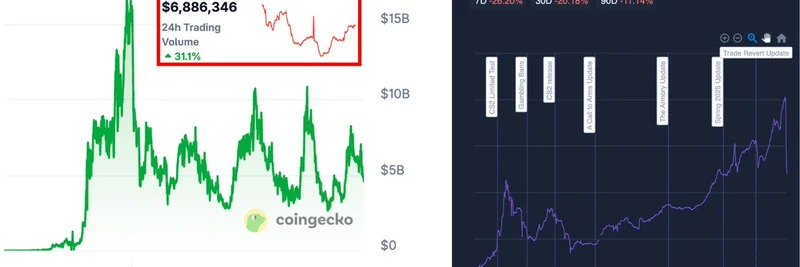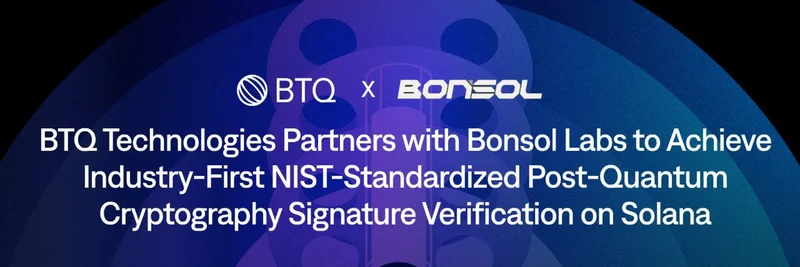In the fast-paced world of blockchain, where meme tokens can skyrocket or plummet in seconds, speed is everything. That's why the recent announcement from Patrick O'Grady, founder of Commonware, has the crypto community buzzing. In a thread on X, O'Grady shared a preliminary draft of a groundbreaking paper titled "Minimmit: Fast Finality with Even Faster Blocks." This new protocol promises to slash transaction confirmation times, making blockchains even more efficient for high-volume activities like meme token launches and trades.
What is Minimmit All About?
At its core, Minimmit is an advancement in State-Machine-Replication (SMR), which is basically the tech that ensures all nodes in a blockchain network agree on the order of transactions. Think of SMR as the conductor in an orchestra, making sure everyone plays in sync to avoid chaos.
Building on protocols like Alpenglow – which Solana is eyeing for upgrades – Minimmit takes the "2-round finality" concept and supercharges it. Finality here means the point where a transaction is irreversibly confirmed on the blockchain. In simpler terms, it's when you can breathe easy knowing your meme token buy isn't going to get reversed.
The key innovation? Minimmit allows the network to move to the next "view" (a phase where a leader proposes a block) faster by requiring fewer votes for progression. Instead of waiting for a large quorum (n-f votes, where n is the total nodes and f is the faulty ones) every time, it uses a smaller quorum (2f+1 votes) for quick advances. This trades off a "slow path fallback" for a whopping 19.7% reduction in latency, according to early simulations.
Breaking Down the Tech: How It Works
Let's keep it straightforward. Blockchains operate in views, each led by a designated leader who proposes a block of transactions. In Minimmit:
Proposals and Voting: A leader sends out a proposal, and nodes vote. With enough votes (L-notarization: n-f), the block gets finalized in just two rounds.
Faster View Progression: If things stall, nodes can send "nullify" messages. Hitting 2f+1 of these lets the network skip ahead without full finality, ensuring progress.
Safety Nets: The protocol uses cryptographic signatures and assumes partial synchrony – meaning the network might be slow at times, but eventually stabilizes.
This setup prevents Byzantine faults (malicious or faulty nodes) from derailing the chain, all while keeping things consistent and live (meaning transactions eventually get processed).
Compared to cousins like Simplex or Hydrangea, Minimmit shines in simulations: It cuts view latency by 34.4% and finalization by 31.2%. In a test with 50 nodes across global regions, transaction end-to-end time dropped to about 199ms from 289ms.
Why This Matters for Meme Tokens
Meme tokens thrive on hype and rapid trading. On chains like Solana, which already boasts quick blocks, Minimmit could push things further. Imagine confirming a trade in under 200 milliseconds – that's a game-changer for dodging volatility or snagging the next big pump.
O'Grady's thread also points to resources for deeper dives:
- The full paper on arXiv.
- Quint spec code on GitHub for formal verification.
- Related thoughts on Ittai Abraham's blog.
He gives a shoutout to co-author Andrew Lewis-Pye for his insights, highlighting the collaborative spirit in blockchain research.
Looking Ahead
While this is just a preliminary draft, with proofs for consistency and liveness already in place, an updated version promises optimistic responsiveness (faster in good conditions) and real-world experiments. For blockchain practitioners and meme token enthusiasts, Minimmit could mean smoother, faster networks that handle the chaos of crypto markets with ease.
Stay tuned to Meme Insider for more updates on how tech like this shapes the meme token landscape. If you're building or trading, understanding these protocols is key to staying ahead.



